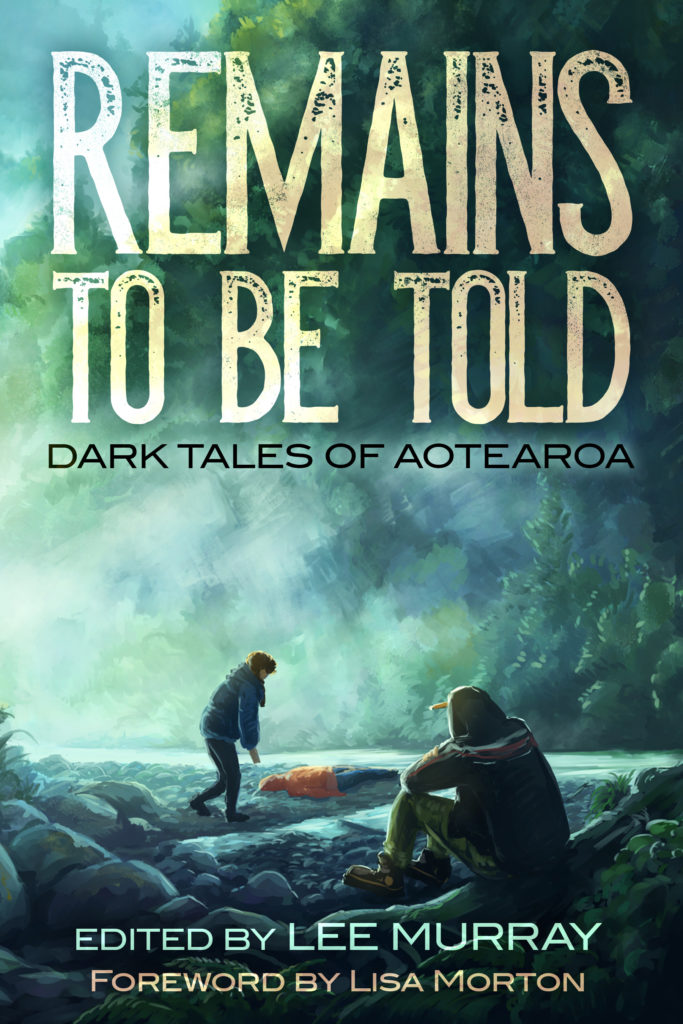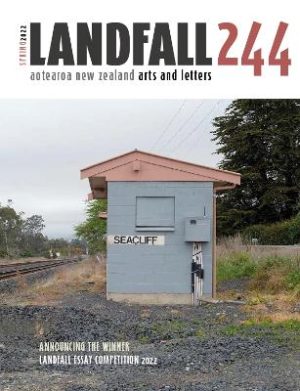A good review is always nice to get, and especially when it’s unexpected. That’s why I was so pleased to see this review of Emergency Weather by Alyson Baker, and especially to see the praise she had for the plotting:
The plotting of Emergency Weather is brilliant. Allie’s harrowing attempt to reach Dunedin Airport, and Stephanie and Miranda’s nightmare tramping trip prepare the reader for what lies ahead. The three main characters weave around each other in passing before eventually ending up in the same place – a memorial service held after a climate catastrophe. The death toll is 43: “a good number for action: large enough to be shocking, small enough that the people killed could be distinguished in the public mind, could be seen as individuals rather than statistics.”
That is what Emergency Weather is about: how can people be motivated to act?
Want to buy a copy of Emergency Weather? Try your local independent bookstore or order direct from The Cuba Press!
PS: If your local library doesn’t stock it, please recommend it to them!
Two Books I Really Enjoyed
Light Keeping by Adrienne Jansen

Light Keeping is an understated novel of quiet power. Set against the ruthless cost-cutting that led to the replacement of lighthouse keepers with automation, it follows a family of lighthouse keepers as they navigate both personal tragedy and institutional indifference, with the latest generation trying to escape the long shadow of the past.
Adrienne Jansen does a great job of intertwining the personal upheavals of her protagonists’ lives with the vagaries of coastline, sea and weather. The boundary between land and sea on which the lonely lighthouse stands is blurred by both disaster and hope, as Jess and Robert struggle to keep the light in view.
Remains To Be Told: Dark Tales of Aotearoa, edited by Lee Murray

Remains To be Told is a very strong anthology of dark fantasy stories and poems from Aotearoa – and I’m not just saying that because one of my poems is including in this anthology! Editor Lee Murray has pulled together a group of authors known for their horror and dark fantasy work, including Neil Gaiman, and others better known for work outside the field, most notably Owen Marshall.
Many of the stories focus to be found in rural Aotearoa – this anthology shows that “New Zealand Gothic” is alive and well, yet it also has a strong and welcome focus on indigenous stories and indigenous mythology. If you want to experience what lies under the surface of the tourist promotional photos and Instagram influencers’ images of unspoiled nature and carefully curated tourism images, this is the anthology for you.




